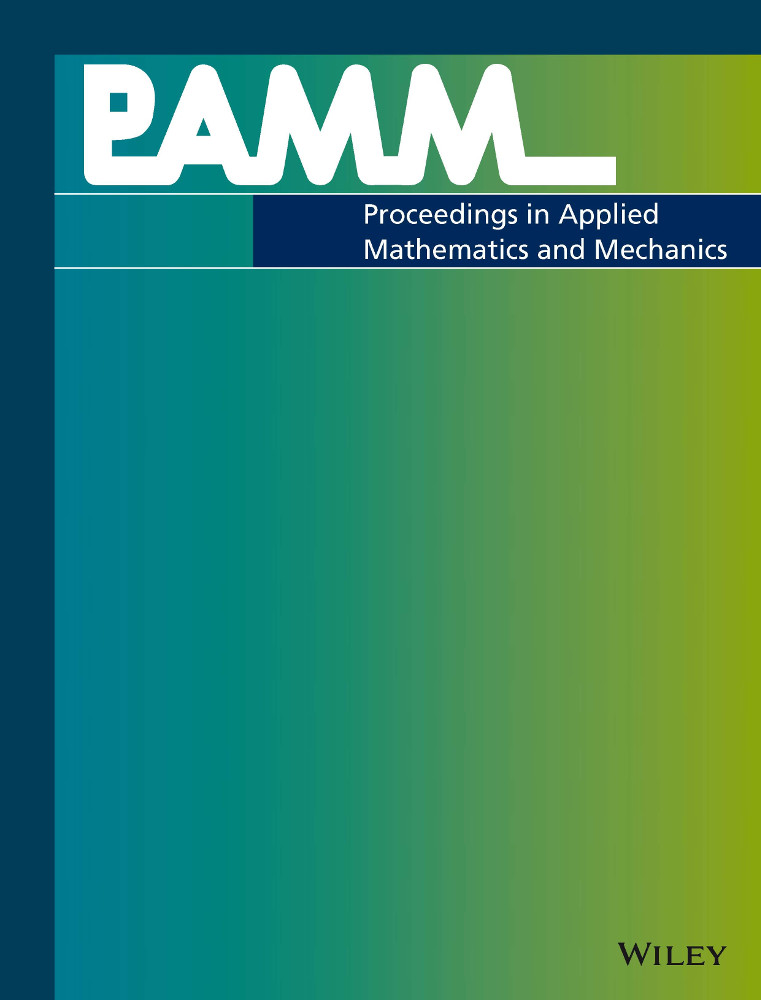Numerical investigation of hot bulk forming processes with respect to the resulting residual stress distribution
Abstract
The cost- and time-efficient design of today's manufacturing processes is closely linked to numerical simulations. By developing and applying suitable simulation models, component properties can be specifically predicted and, if necessary, modified according to the customer's specifications. One important aspect of this is the adjustment towards advantageous residual stress profiles, for example to increase service life or wear resistance. Hot forming processes offer the advantage of the interaction of thermal, mechanical and metallurgical effects. In particular, cooling after prior heating and forming, in this case upsetting, results in a phase transformation on the microscale in the material. The residual stress state, which arises from dislocations in the atomic lattice, will be considered in more detail in this contribution.Here, the focus lies on the analysis of microscopic characteristics utilizing a multi-scale Finite Element model in terms of a FE2 approach.




